Serendipity, L’art de l’accident
Serendipity is the “occurrence and development of events by chance in a happy or beneficial way”. As in I had a fortunate stroke of serendipity. This mysterious word was first coined in the 18th century by English writer Horace Walpol, in a personal letter to friends. Walpole was inspired by a fairy tale called The Three Princes of Serendip, an adaptation of the Persian poem “Hasht-Bihisht.” In this poem, the three princes are always making discoveries, which turn out to be beneficial, but not necessarily what they were looking for. In French, the concept of serendipity exists and is called l’heureux hasard, which translates to be the happy chance. In the late 20th century, the word serendipity was translated into French as sérendipité. But this word the French barely used. Instead they have phrases like L’art de l’accident and l’heureux hasard. I adore the phrase L’art de l’accident. There is something wonderful about calling mistakes gifts. I can tell you, there are many defining moments in French cuisine, which were achieved purely by accident. Here are some serendipitous delights of France …
The first obvious serendipitous invention in France was champagne. In France the first sparkling champagne was created by accident. The pressure build up in the bottle led it to be called le vin du diable, aka the “the devil’s wine”, as bottles exploded or corks popped. At the time, bubbles were considered a fault. Centuries later it became all the rage from politicians to royalty. Today, it remains one of France’s most important exports. You can read more about champagne here.

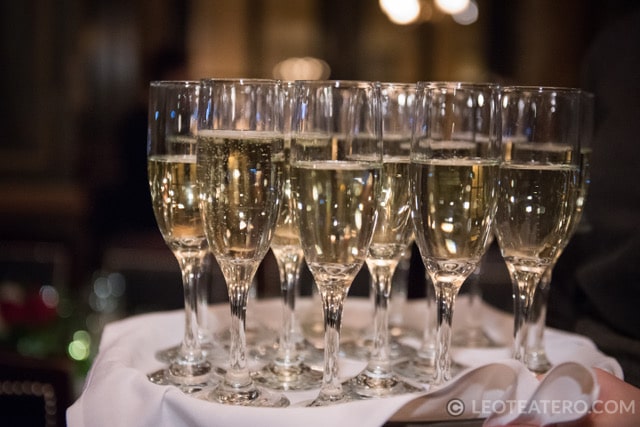
Roquefort cheese is another l’art de l’accident. It is made from sheep milk produced in the south of France and is one of the world’s best known blue cheeses. Though similar cheeses are produced elsewhere, EU and French laws law dictates that only those cheeses aged in the natural Combalou caves of Roquefort-sur-Soulzon may bear the name Roquefort. Rumour has it that the cheese was discovered when a young man, sat eating his lunch of bread and sheep cheese, saw a beautiful girl in the distance. Of course, he abandoned his meal in a nearby cave, and set off to find her. Upon his return a few months later, he discovered this blue mold (Penicillium roqueforti) had transformed his plain cheese into Roquefort. That is right, it is the same strain used for penicillin. For more on Roquefort, all the kinds of other cheese, read my blog on the basics of French Cheeses.
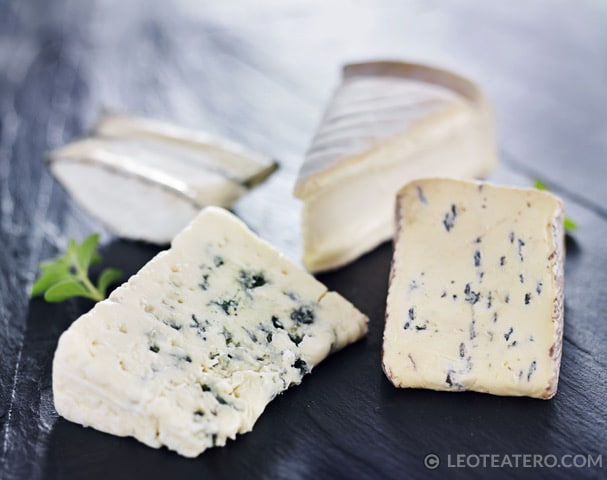
The most well known moment of serendipity in French cuisine, is the Tarte Tatin. The setting was the Hôtel Tatin in Lamotte-Beuvron, located in the Loire valley, south of Paris in the 1880s. By all accounts Hôtel Tatin was run by the two Tatin sisters, Stéphanie and Caroline. Stéphanie, who did most of the cooking, started to make a traditional apple pie but left the apples cooking in butter and sugar for too long. The exhausted girl had fallen asleep. She was woken by the smell of the burning, and tried to rescue the dish by putting the pastry base on top of the pan of apples, quickly finishing the cooking by putting the whole pan in the oven. After turning out the upside down tart to see if it was edible, it looked different but certainly edible, so she served it to her guest, and it was received well. In an alternative version Stéphanie baked a caramelized apple tart upside-down by mistake. It went on to stay on their menu for years simply as a signature dish. Neither sister even tried to claim title as the creators of the tarte, but rather it was attributed to them by the great Curnonsky, aka the Prince of Gastronomy and later by the owner of Maxim’s, one of the most popular restaurants in Paris. Needless to say, even today, it’s still called tarte Tatin and served everywhere in France.
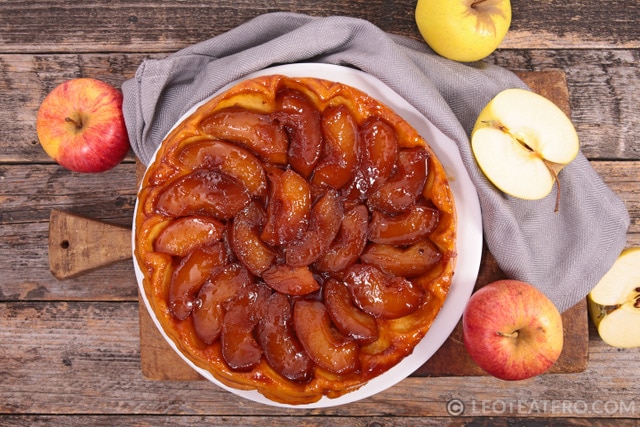
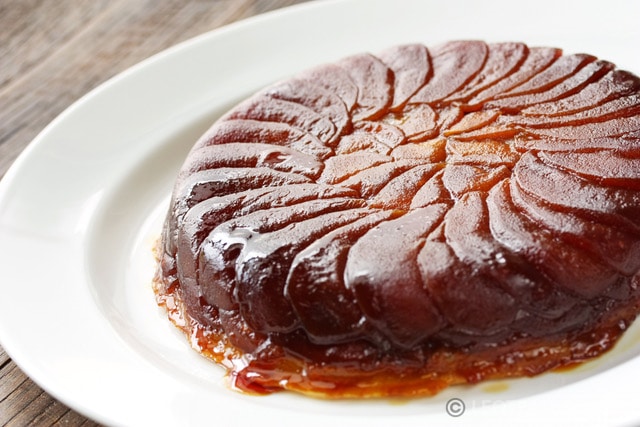
A vol-au-vent, is a small hollow case of puff pastry used to hold food and was created by serendipitously by a pastry chef. A vol-au-vent is made by cutting two circles in rolled out puff pastry, cutting a hole in one of them, then stacking the ring-shaped piece on top of the disc-shaped piece. The pastry is cooked, then filled with mostly savory fillings but sometimes sweets too. The story goes that the chef to the King forgot to pick holes in his pastry and it doubled in size instead. The pastry chef then cried vol-au-vent, which translates to “its windblown”. Vol-au-vent can be served as an appetizer or even as a canapé and was traditionally served as an entremets, meaning something to eat between courses. Yes, food between food. See why I love this country? It remains 300 years later, a popular part of traditional French cuisine and can be found on many French menus served with a chicken mushroom cream sauce.
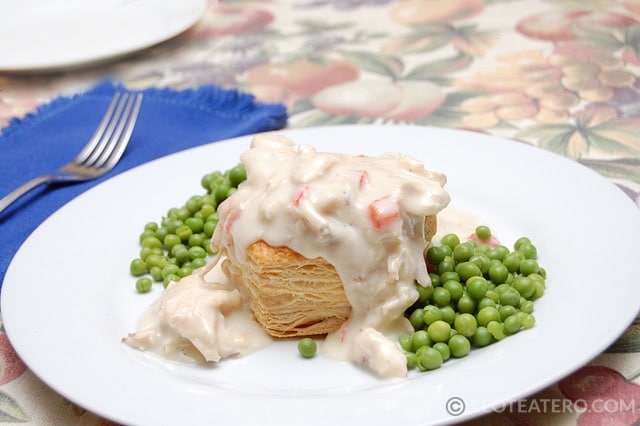
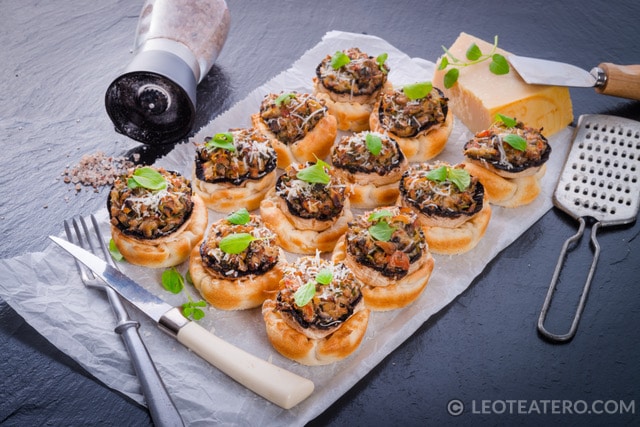
0ne of the tastiest desserts in the world is, Kouign-amann, a caramel butter cake that hails from Brittany. The name comes from the traditional Breton (a Celtic language) words for cake (kouign) and butter (amann). It is a round multi-layered cake, originally made with bread dough, containing layers of butter and sugar folded in, similar in fashion to puff pastry albeit with fewer layers. The cake is slowly baked until the butter puffs up the dough creating a layered structure and the sugar caramelizes. The story goes that Yves-René Scordia improvised making a cake with puff pastry, butter and sugar, and Voilà one of the sweetest French desserts was made. You can find it everywhere all over the northwest of France and especially in Mont Saint-Michel. Thank you serendipity!
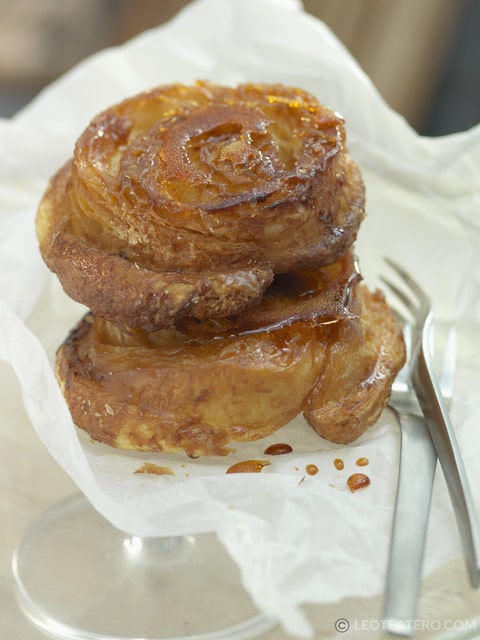
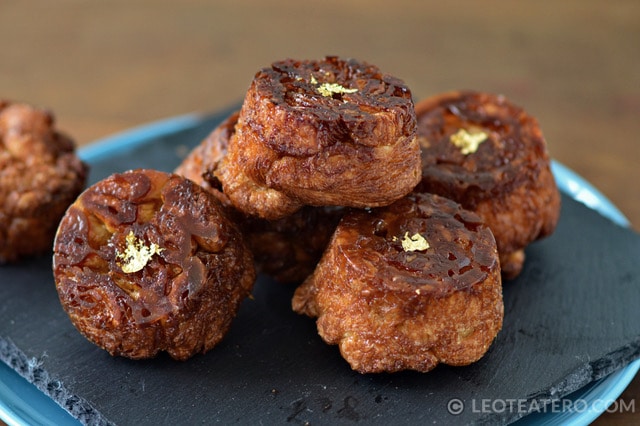
La gâteau manqué, translates to the “missed cake”. Apparently, in the 19th century a pastry chef from Chez Félix made a sponge cake but did not succeed in whipping the eggs into a meringue. In order not to throw away his dough, he added butter and crushed almonds. He then successfully sold the cake obtained under the name of “missed”, which gave its name to the mold used.
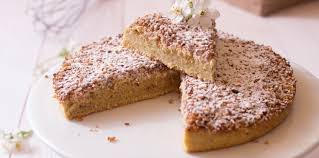
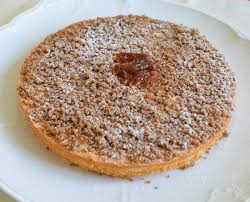
Beurre blanc—literally translated from French as “white butter”—is a hot emulsified butter sauce made with from reducing of vinegar and/or white wine (Muscadet) and shallots into which, softened, whole butter is whisked in off the heat to prevent separation. The small amount of emulsifiers naturally found in butter are used to form an oil-in-water emulsion. Although similar to hollandaise sauce in concept, it is considered neither a classic leading nor compound sauce. This sauce originates in Loire Valley cuisine from chef Clémence Lefeuvre, sometime around the turning of the 19th century. She served this sauce at her restaurant La Buvette de la Marine in the hamlet of La Chebuette on the banks of the Loire River a few kilometers upstream from Nantes. Legend says that she intended to prepare a béarnaise sauce to go with pike, but forgot to add the tarragon and egg yolks. It is simply one of the best sauces to serve with fish like Sea Bass, Salmon or asparagus. I have even seen it served with grilled chicken.
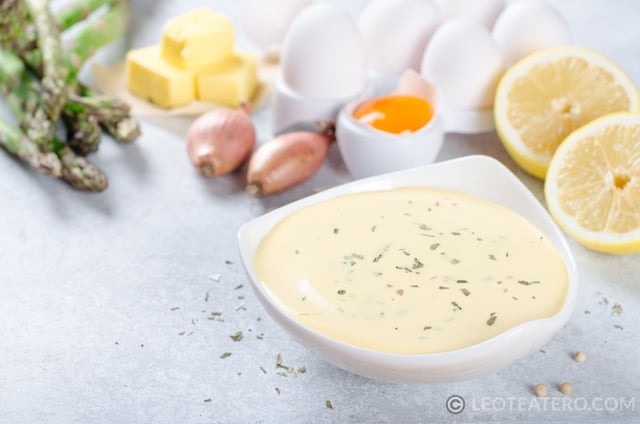
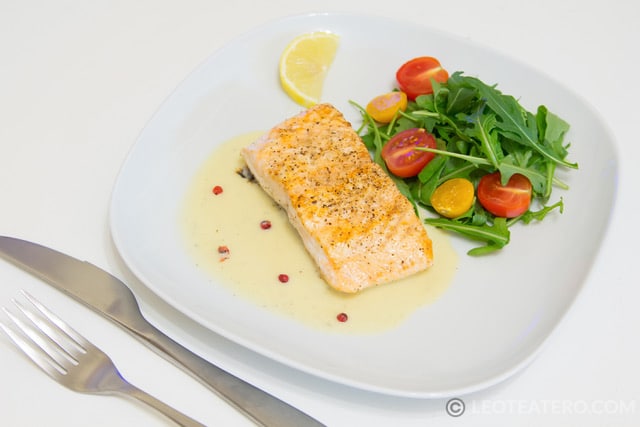
There are other great French inventions that are not so serendipitous but are definitely worth mentioning. Mayonnaise, was first devised in 1756 after the taking of Port Mahon, Minorca by the French army. The army’s chef lacked enough cream to make a sauce for the victory dinner and so resorted to mixing oil and eggs to create something new. Mayonnaise is one of the greatest French inventions of all time. Its derivatives are many, such as Aioli, Chantilly, Soubise, Verte, Cocktail and Tartar sauces. In my article on French cuisine, I explain the five base sauces and how everything else, including mayonnaise is a derivative of one of those sauces.
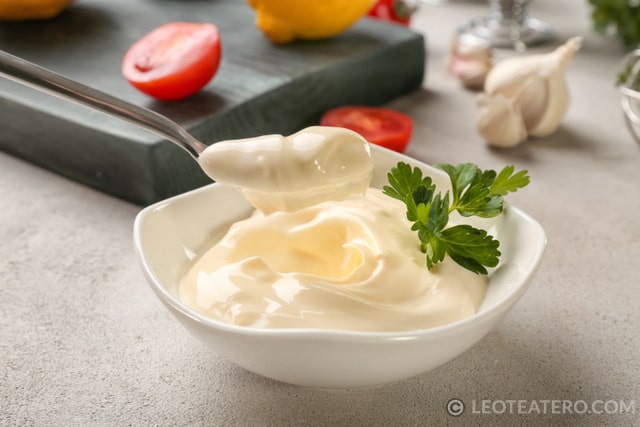
Canned Foods were created during the Napoleonic Wars. The French Government offered a large cash reward to anyone who could devise a means of preserving large amounts of food. The ever-increasing size of armies during that period needed a solution to keep their troops fed. Nicholas Appert, a French confectioner, and brewer, in 1809, noticed cooked food in a jar did not spoil if airtight. He thus developed a method of sealing food in glass jars and was awarded the prize in 1810. His process would ultimately lead to the development of tin cans. And made make homes happier because of this invention.
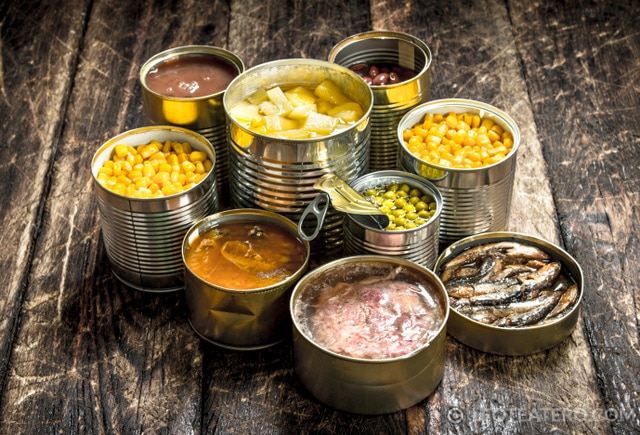
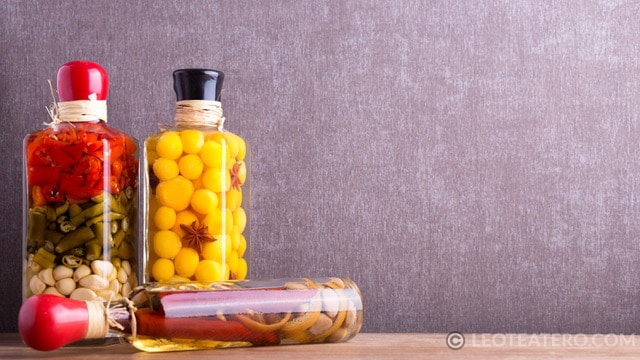
The very first stapler was made in 18th Century for King Louis XV. Each and every staple was inscribed with royal court’s insignia. The mass adoption and use of paper in the 19th Century suddenly created a demand for a more efficient paper fastener. But it wouldn’t be until 1879 that George McGill would receive a patent for the first commercially successful stapler that we would recognize today.
Aspirin aka Acetylsalicylic acid was first prepared by the French chemist Charles Frederic Gerhardt in 1853. Today Aspirin is one of the most widely used medicines in the world. According to the International Aspirin Foundation around 35,000 metric tonnes are produced and consumed each year. Also, like Quinine, it is recognized by the WHO as an essential medicine.

By being present and aware that serendipity exists you can better appreciate its charms and benefits. And it does exist, everywhere. There are many moments in my life where serendipity has blessed me and probably you too. My roommate and I decided to go out for a drink, 30 minutes later I met my future husband, of 18 years. It’s good to find something beautiful without looking for it.
Vivre ma France,

Receive the news in your emailbox
If you like this articles , you can subscribe to our weekly newsletter.
